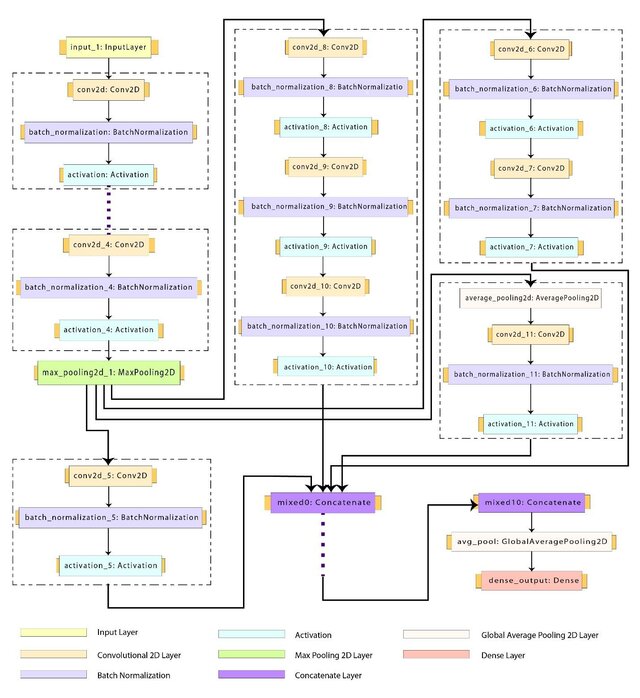Collaborator: [email protected]
Officials in the field of public health are concerned about a new monkeypox outbreak, even though the world is now experiencing an epidemic of COVID-19. Similar to variola, cowpox, and vaccinia, monkeypox is caused by an orthopoxvirus that has two strands that are double-stranded. The present pandemic has been propagated sexually on a massive scale, particularly among individuals who identify as gay or bisexual. In this particular instance, the speed with which monkeypox was diagnosed is the single most important aspect. It is possible that the technology of machine learning could be of significant assistance in accurately diagnosing the monkeypox sickness before it can spread to more people. This study’s goal is to determine a solution to the problem by developing a model for the diagnosis of monkeypox through the application of machine learning and image processing methods. To accomplish this, data augmentation approaches have been applied to avoid the chances of the model’s overfitting, then the transfer-learning strategy was utilized to apply the preprocessed dataset to a total of six different Deep Learning (DL) models. The model with the best precision, recall, and accuracy performance matrices were selected after those three metrics were compared to one another. A model called "PoxNet22" has been proposed by performing fine-tuning the model that has performed the best. PoxNet22 outperforms other methods in its classification of monkeypox, which it does with 100% precision, recall, and accuracy. The outcomes of this study will prove to be extremely helpful to clinicians in the process of classifying and diagnosing monkeypox sickness.
FIGURE : The Working flow Chart of This Study. Nine core sections completed this study. Where the component of "Data Collection" discusses the dataset's description. "Data Preprocessing" uses several image preprocessing methods to increase dataset image quality. To experiment on both sets, the dataset has been split into a train set and a test set under the "Train Test Split" section. In the "Data Augmentation" phase, data was augmented to reduce model overfitting. boosting the collection's image count. Six dataset-analyzing models are listed in the "Applied Model" section. After reviewing all models in the "Select Best Model" section, the best overall model was chosen. In the "Propose Model" section, the best model, "InceptionV3," was fine-tuned to create PoxNet22. 'The ''Result Analysis" section then discussed PoxNet22 model performance. The model's ablution study and data augmentation effects were briefly detailed here. Finally, PoxNet22 results were compared to prior work to classify monkeypox using artificial intelligence.
FIGURE : The architecture of the proposed model PoxNet22. Where the input layer is denoted by orange color, the convolution 2D layer is denoted by bottle green color, batch normalization is denoted by ash color, activation is denoted by purple color, max pooling 2D layer is denoted by green color, concatenate layer is denoted by blue color, global average pooling 2D layer is denoted by magenta color and dense layer the output layer is denoted red color.

